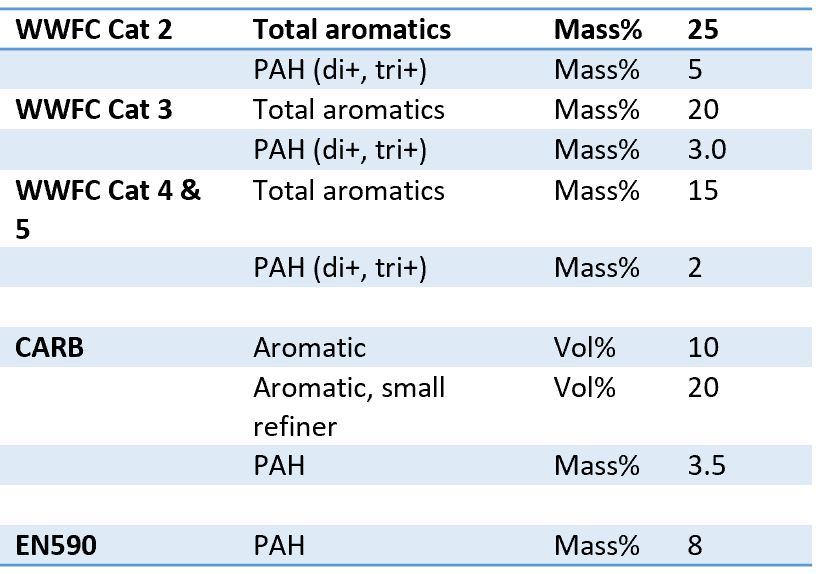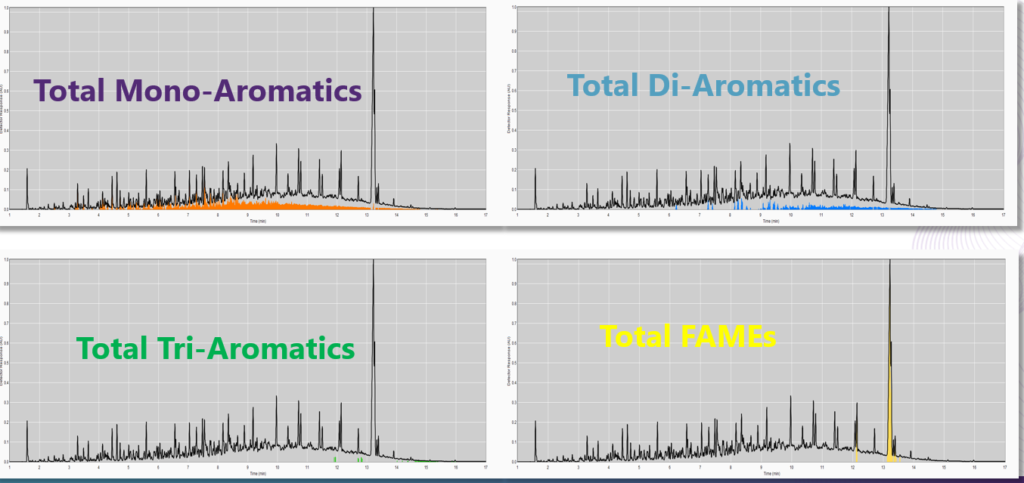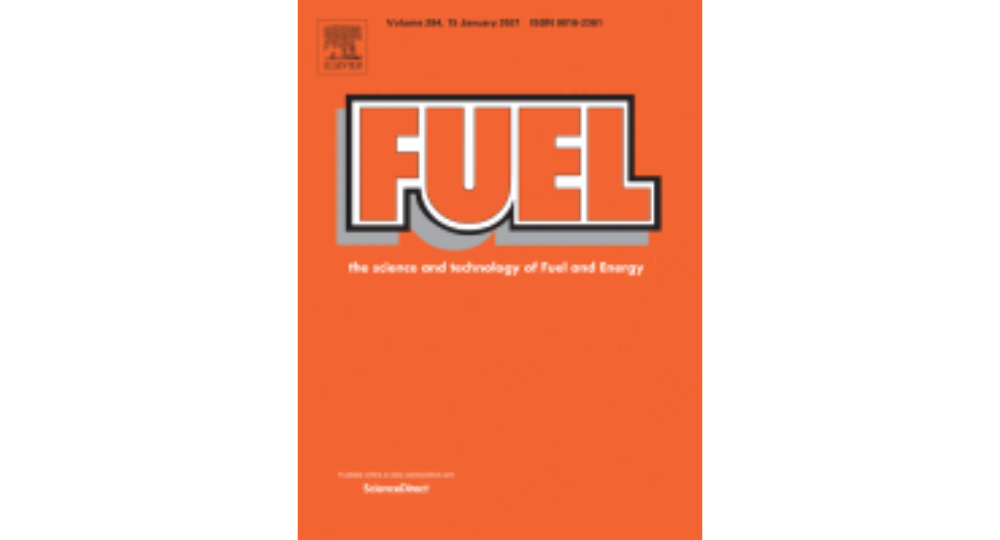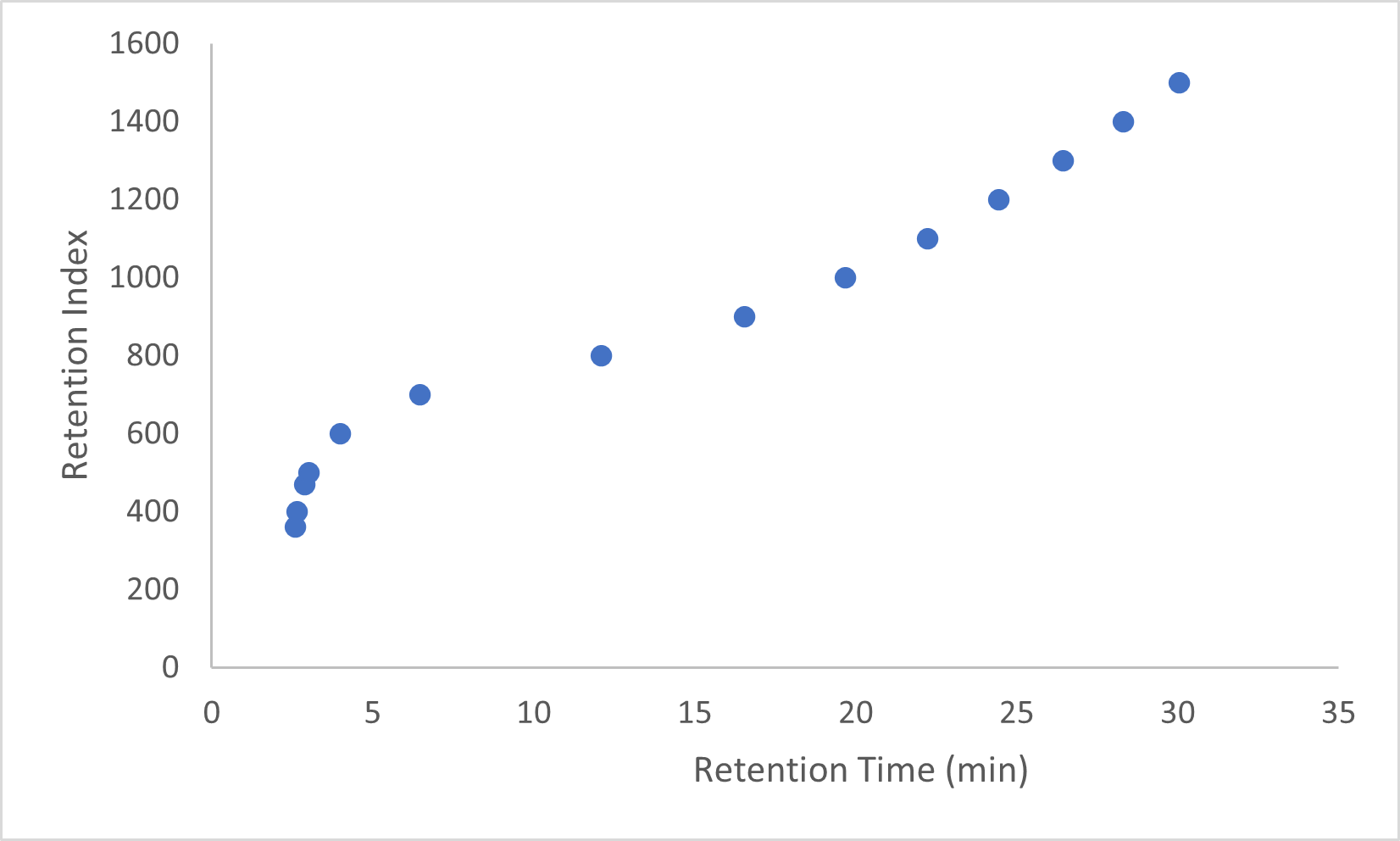Published Dan Wispinski on September 21, 2020
The world has been changing rapidly and liquid fuels, such as diesel, are no exception. I was recently struck by the fact that ASTM is struggling with the terminology of “distillate” and “middle distillate”. I liked the generic term “middle distillate” and I understood it to be a product of distillation in a loosely fitting boiling range of somewhere between 100 ˚C and 400 ˚C. The term could apply to the many grades of diesel, gas oils, heating oils, or even kerosene and turbine fuel. But along came products in this boiling range that are not made primarily from distilling crude oil. – These are products such as biodiesel, hydrotreated vegetable oils (HVO), “biomass to liquids” (BTLs), and a host of other synthetic fuels and alternative renewable blendstocks. The term “middle distillate” in the liquid fuels world is now obsolete and its use is discouraged.
If “middle distillate” is out of date then the assumptions of the highly intercorrelated properties of density, aromatics and cetane do not hold true anymore. Most test methods for aromatics in diesel (e.g. ASTM D1319, ASTM D5186, ASTM D6591) do not have fatty acid methyl ester (FAME) biodiesel or renewables in their scopes. ASTM D976-80, Calculated Cetane Index, is recognized by the EPA (and ASTM D975, “Standard Specification for Diesel Fuel”) as an alternative method to meet the U.S. Federal Diesel aromatics limit. ASTM D976-80 certainly does not have biodiesel or renewable blends in its scope, and its applicability to cetane and aromatics for anything other than a traditional “middle distillate” is questionable. This puts the EPA regulation in a precarious position.
Health and environmental benefits are attained with the advent of new diesels. Air quality is more important than ever now. Harmful emissions are reduced with a reduction in aromatics, especially polyaromatic hydrocarbons (PAHs). Diesel specifications around the world vary, but many limit both total aromatics and PAHs. PAH definitions also vary as do the required units (mass% vs vol%). As of 2019, Australia, Thailand, UAE & Taiwan limit to 11% mass, China to 7% mass, India and Chile to 8% mass, and South Korea to 5% mass. The table below outlines World Wide Fuel Charter (WWFC) diesel aromatics limits, as well as California diesel and European diesel specification limits. 
A new ASTM standard procedure for the determination of group type totals of saturate, aromatic, polyaromatic and FAME content in diesel using gas chromatography and vacuum ultraviolet detection (GC-VUV) is under development. Aromatics are the summation of monoaromatic and polyaromatic group types, whereas polyaromatic totals are the summation of diaromatic and tri-plus aromatic group types. FAME content is the result of summation of individual fatty acid methyl esters. The precision of the GC-VUV diesel method is shown to be 5X to 10X better than alternate aromatics methods. , and given that the Reproducibility of aromatics by D1319 FIA is 3.3% this means that the aromatics reduction from the dilution of adding 7% alternate diesel to a diesel with 20% aromatics cannot be measured with certainty (20 * 0.93 = 18.6).
The precision of the GCVUV method at 18.6% is expected to be 0.3%.
Fortunately, for users of our VUV Analyzer Platform for Fuels, the GC-VUV diesel method can be run on the same system as our gasoline and jet fuel methods with no changes in hardware or setup, making it possible to have an all-in-one system for fuels analysis.











Leave a Reply